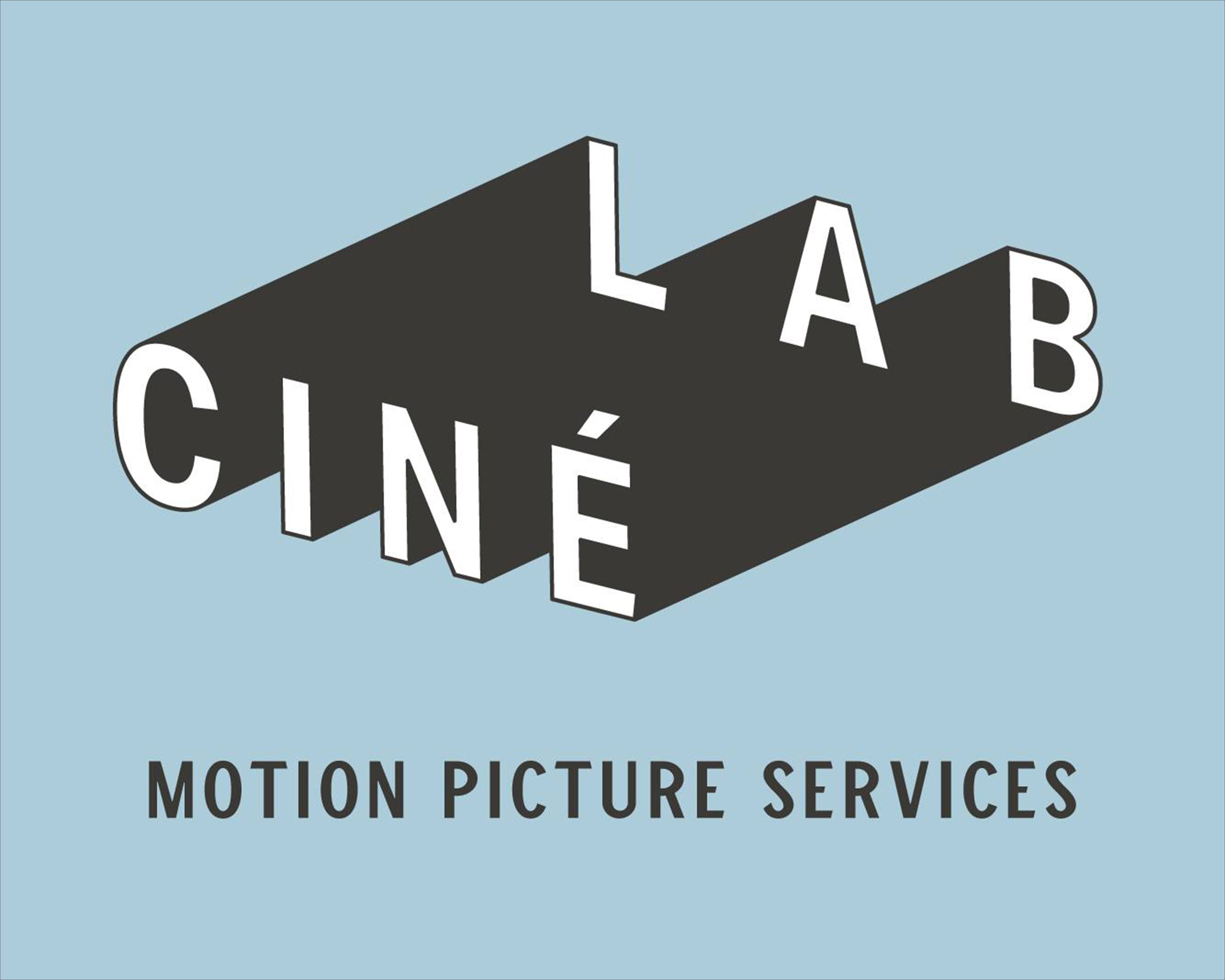You are using an out of date browser. It may not display this or other websites correctly.
You should upgrade or use an alternative browser.
You should upgrade or use an alternative browser.
Low key light quality problem
- Thread starter Kim Welch
- Start date
Not really: when you get into low light situations the DV camera will increase gain, which makes the picture grainy. If you get a low light situation with film, you'll typically use high-speed film, which makes the picture grainy. I'd say a decent DV camera typically handles low light at least as well as most film stocks I've used.
The best solution, in either case, is to either add more light or go Kubrick-style with very sensitive lenses which allow you to shoot with slower film or less gain (e.g. the candle-lit scenes in 'Barry Lyndon').
The best solution, in either case, is to either add more light or go Kubrick-style with very sensitive lenses which allow you to shoot with slower film or less gain (e.g. the candle-lit scenes in 'Barry Lyndon').
D
Digigenic
Guest
Kubrick had cameras built specifically for those scenes in Barry Lyndon. Using optics developed by NASA, which he later patented. And the camera body itself was pre-composed from one of the rarest, but highest quality 35mm cameras ever to have been built. I don't remember the name of the cameras, but there were only like 3 of them left in the world when Kubrick lifted two of them for himself from an unsuspecting studio.
At any rate, if you're going to shoot DV, and you know that you'll be in situations with minimal lighting. You'll want to consider these cameras:
Sony DCR-VX2100 or DSR-PD170 (rated at 1 lux, Zeiss optics, and the availability of a PAL model)
Canon XL1s (rated at 2 lux, with a wide range of manual shutter and gain adjustability, and of course, the ability to replace the lens. No other camera in this price range can claim that. PAL model is also available.)
Panasonic AG-DVX100a (rated at 3 lux, 24P,Leica Optics, and tons of other cinegamma settings that enhance low light shooting. PAL model available.)
Wait a minute. When video camera builders say youneed only one or two lux to get an image, one has to consider the fact that these specifications are given using electronic gain (+ 6 dB = 1 Stop) and sometimes even low shutter speed at the same time. You'll get an image, sur but very low quality.
It is a fact however, that recent video camera are very sensitive, consider f 11 for 2000 lux is equivalent to 800 iso !
With nignt shots, if you have some spots in your image of normal luminance and a global contrast, you get an intersting image, just like film. I think you have to especially care for the highlights with video, they look really ugly when overexposed, worse than underexposed parts.
It is a fact however, that recent video camera are very sensitive, consider f 11 for 2000 lux is equivalent to 800 iso !
With nignt shots, if you have some spots in your image of normal luminance and a global contrast, you get an intersting image, just like film. I think you have to especially care for the highlights with video, they look really ugly when overexposed, worse than underexposed parts.
D
Digigenic
Guest
For general consumer camcorders that operate automatically, the lux rating is just as questionable as any other setting is on the camcorder, because there really aren't any settings, you just point and shoot.
But with a prosumer level camcorder that allows for full manual control, lux ratings are pretty damn accurate. For example, the Canon XL1 or GL2, which when in full manual control doesn't electronically adjust gain or shutter speed to give proper exposure, unless you activate the settings to do so.
But with a prosumer level camcorder that allows for full manual control, lux ratings are pretty damn accurate. For example, the Canon XL1 or GL2, which when in full manual control doesn't electronically adjust gain or shutter speed to give proper exposure, unless you activate the settings to do so.
But you can be pretty sure that the lux ratings quoted for marketing purposes are using maxed-out gain, just as the zoom ratings quoted are using 'digital zoom'. For example, I've shot in torchlight (real burning torches dipped in gasoline and set on fire  ) with an XL1 and my TRV900 and we had to go up to about +6db of gain to get a decent picture...
) with an XL1 and my TRV900 and we had to go up to about +6db of gain to get a decent picture...
However, while the TRV900 starts to look crappy at more than +6db, newer cameras can actually produce a pretty good picture even with more than that: I've seen some comparison shots of the TRV900 and VX2000 shooting with +12db or more of gain and the VX2000 was much less grainy.
However, while the TRV900 starts to look crappy at more than +6db, newer cameras can actually produce a pretty good picture even with more than that: I've seen some comparison shots of the TRV900 and VX2000 shooting with +12db or more of gain and the VX2000 was much less grainy.
Similar threads
- Replies
- 1
- Views
- 8,276
- Replies
- 2
- Views
- 428
- Replies
- 0
- Views
- 1,139
- Replies
- 0
- Views
- 2,379
- Replies
- 2
- Views
- 1,982





